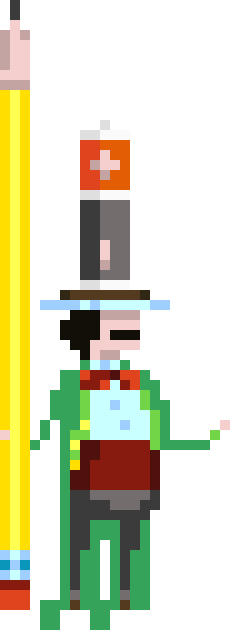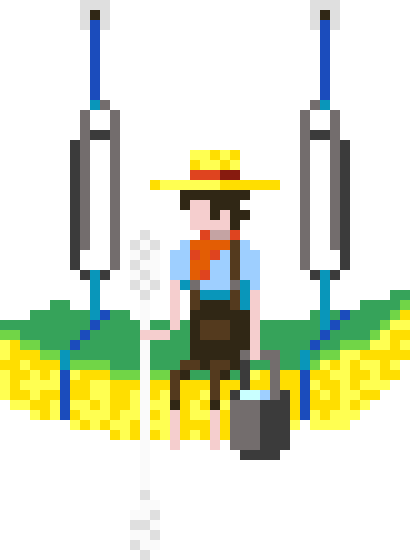



Lace texture, also called Spanish lace or French lace, is another knockdown texture, but with a big difference. Instead of knocking down the texture in regular lines, it's knocked down in repeating swirl-like motions that ultimately create fractal lace-like patterns. Consistent sizing and spacing throughout the surface are important to make it emulate lace. Done properly, it'll look like doilies flowing on your wall in a uniform look.
Lace is a knocked down texture that requires more skill compared to traditional knockdown. It results in a surface that looks like it's covered in lace, or doilies.
During application, the mud needs to be knocked down in a specific manner. The knife needs to be moved consistently in swirl-like motions to create an effect where the knocked down splatters are connected by thin lines.
Lace is not the easiest texture to clean. The textured surface can trap dust and dirt, and it can be difficult to remove stains or marks without damaging the texture.
Lace is a challenging texture to repair because it is hard to match the previous lace on the wall.


Start with at least a Level 3 drywall finish, use a spray gun (or a roller) to apply an uneven coat of all purpose joint compound mixed with water to your wall. Knock it down in consistent lines with a drywall knife to make it look like doilies are flowing across your wall.
This texture will not cover the whole surface, so the drywall needs to be a smooth surface. Make sure that your wall is at least up to a Level 3 drywall finish. This means that flat joints and interior angles have been taped and have one coat of joint compound smoothed over them. Accessories and fasteners need at least two separate smooth coats.
Note: If you plan on applying the texture thinly, you will need a Level 4 drywall finish.
There's no reason not to use "all purpose" joint compound for lace texture, but other formulations will probably work fine. Mix it in either a 5 gallon bucket or the bucket it came in if that's possible. Mix it by slowly pouring the water in while stirring constantly by hand with a mixing paddle or with an electric drill with a mixing attachment. Keep adding water and mixing until the consistency of the mud is smooth and creamy like a thick paint or pancake batter.
Let the mud sit for a couple minutes to allow any air bubbles to escape. Give it a good stir before use if it's been sitting for a while.
Pour the mud slowly into the spray gun hopper. You will want to test it out on a piece of cardboard first. Different nozzles and different air pressures will create different sized lumps and bumps in the application. These differences will partly determine its final appearance after being knocked down.
Always keep the gun in motion to prevent excess build up on one area of the wall. Try to keep the application even as possible. You will see portions of drywall between the splatters.
You can also apply the initial splatter with a trowel or roller if you have the patience.
After getting all the mud on the wall, you need to knock it down in a lace pattern. It needs to set for about 10-15 minutes before this step though (if you just did a large room, the first section might be ready after you finish). If you don't let it set, then the mud will show lines from the edge of your drywall knife.
You don't need to use a lot of force, just enough to flatten the mud. Different amounts of force will change the final appearance. Use a level of force that produces the texture you prefer. You can try holding the knife more perpendicular to the wall or keep a small angle between it and the wall.
It's important to keep a consistent pattern when knocking down the texture. You can try, arcs, lines, or swirls, but it needs to be consistent to keep the appearance of flowing doilies.
Keep your knife clean while you're doing this. Wipe off excess mud with a damp rag between each stroke.


